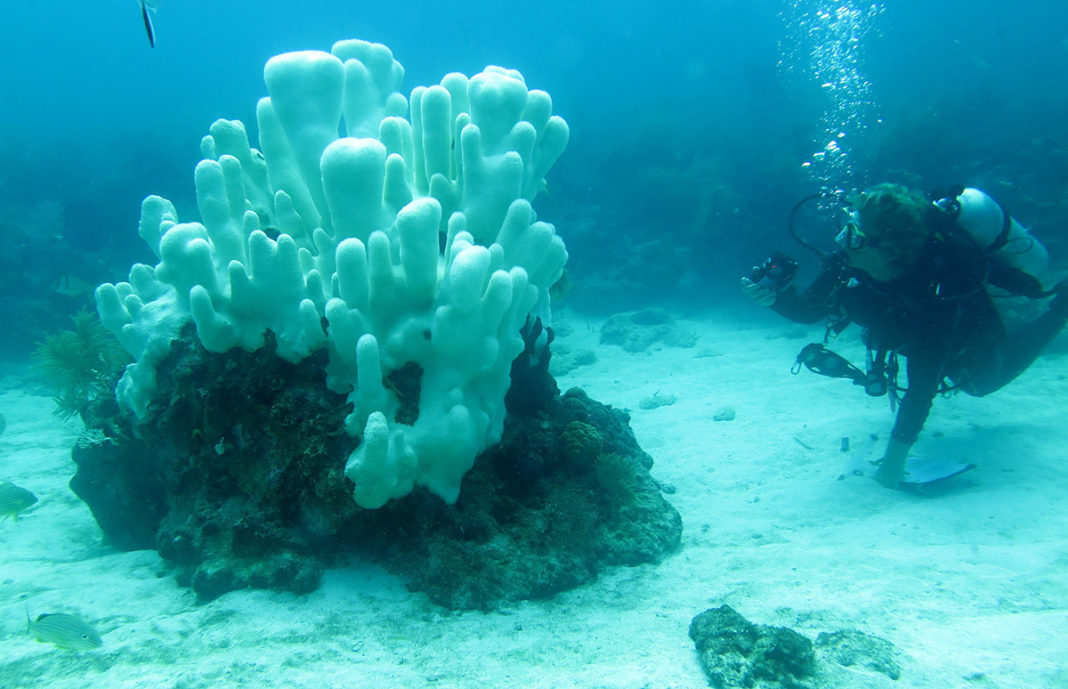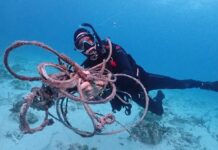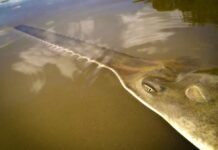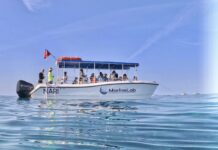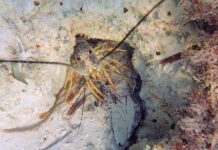For a sanctuary management plan to be truly successful, we should be protecting 20% to 30% or more of the habitats or ecosystems as no-take areas. And it should be in large sections of contiguous habitats to be effective, not small disconnected marine protected areas. Protecting 20% to 30% from all harvesting now allows it to be a source for replenishing the 70% to 80% outside of its boundaries for the future. And there is always “spillover effect” from the healthy populations within the protected areas.
Western Sambos Ecological Reserve (WSER) is the only large contiguous swath of habitats protected, other than the Dry Tortugas, since the Florida Keys National Marine Sanctuary was originally established in 1990. It protects shoreline, mangrove, sand, seagrass, patch reefs — everything. We’ve shown over the last 15 to 20 years how much larger and more abundant many species are if we can protect all the critical habitats they require for the various life stages, allowing them to grow and replenish their populations. And then there’s spillover. That benefits everyone.
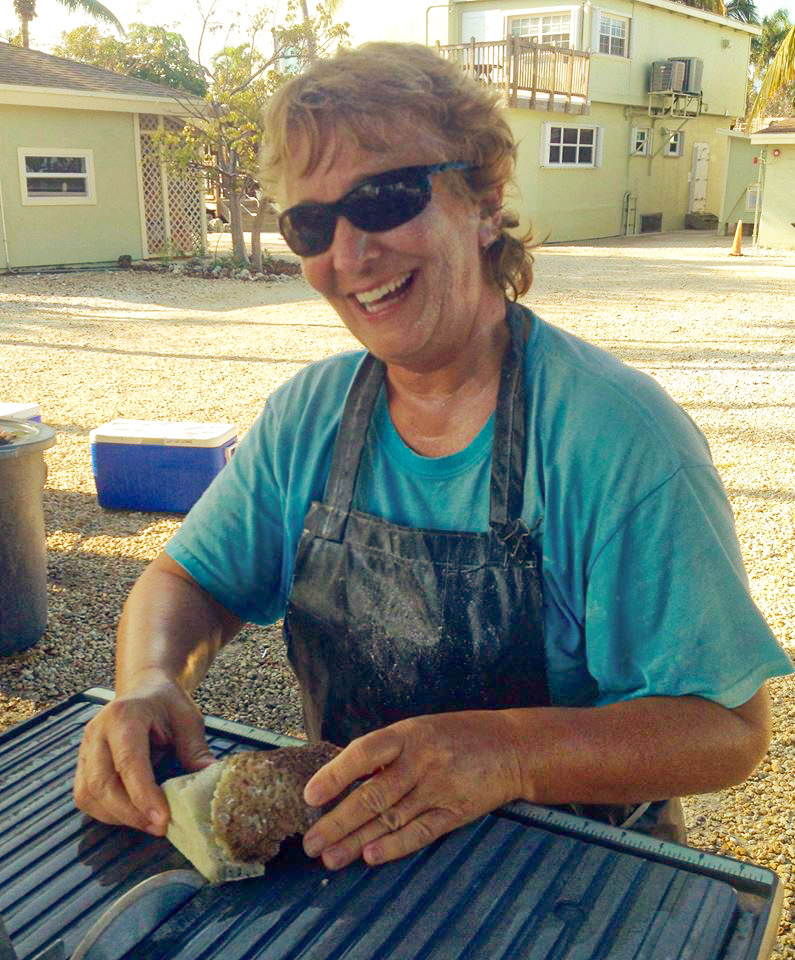 I hope they will consider enlarging a few more of the current marine protected areas in the new blueprint. Cheeca Rocks Sanctuary Preseve Area (SPA), for example, could be three or four times bigger, protecting more of the surrounding patch reefs. I have participated in coral spawning at some of these patch reefs outside of this SPA. It’s arguably one of the best patch reef systems we have left in the Upper Keys in terms of coral cover. We need to protect these corals so they can be a source for new coral recruitment outside of the SPA and so science has the chance to learn from their resilience. Healthy coral habitat is vital to so many other reef organisms.
I hope they will consider enlarging a few more of the current marine protected areas in the new blueprint. Cheeca Rocks Sanctuary Preseve Area (SPA), for example, could be three or four times bigger, protecting more of the surrounding patch reefs. I have participated in coral spawning at some of these patch reefs outside of this SPA. It’s arguably one of the best patch reef systems we have left in the Upper Keys in terms of coral cover. We need to protect these corals so they can be a source for new coral recruitment outside of the SPA and so science has the chance to learn from their resilience. Healthy coral habitat is vital to so many other reef organisms.
Another example is Alligator Reef where the Alligator Lighthouse is. This is all part of a Special Protected Area (SPA), but Alternative 3 proposes to extend the SPA, affording protection for ESA-listed corals further down the reef slope. This is an important improvement to this marine protected area. Research has shown that deeper reef areas can be a source for replenishing shallower reefs.
And of course Western Dry Rocks area in Key West. Several critical fish spawning aggregations have been identified there. Additionally, that’s where many of the last Dendro colonies are [Pillar coral (Dendrogyra cylindricus)], although many are showing SCTLD signs.
One proposed alternative I see right off the bat is the new Long Key Tennessee Reef Conservation Area that has caused some concerns from several people already. This new marine protected area would be zoned as no-take and no anchoring, but also an idle-speed-only zone. This is probably not really feasible, especially for boats trying to transit Hawks Channel, which is in 20 to 30 feet of water. This is not emergent or terribly shallow reef, so perhaps there’s no reason to idle through this entire area. Instead, management may want to consider designating the shallow flats and grass beds close to shore as “idle speed only,” to protect these habitats.
— CINDY LEWIS
Deputy director and scientific researcher, Keys Marine Laboratory in Layton
The Florida Keys National Marine Sanctuary will hold an informational session on the Restoration Blueprint on Monday, Sept. 23, from 6 to 9 p.m., at the Key West High School auditorium.
Public comments to the Florida Keys National Marine Sanctuary can be submitted in person, online and by mail through Jan. 31, 2020. To provide online public comment, visit www.regulations.gov and use docket number NOAA-NOS-2019-0094. Information regarding the Restoration Blueprint is at https://floridakeys.noaa.gov/blueprint/.















